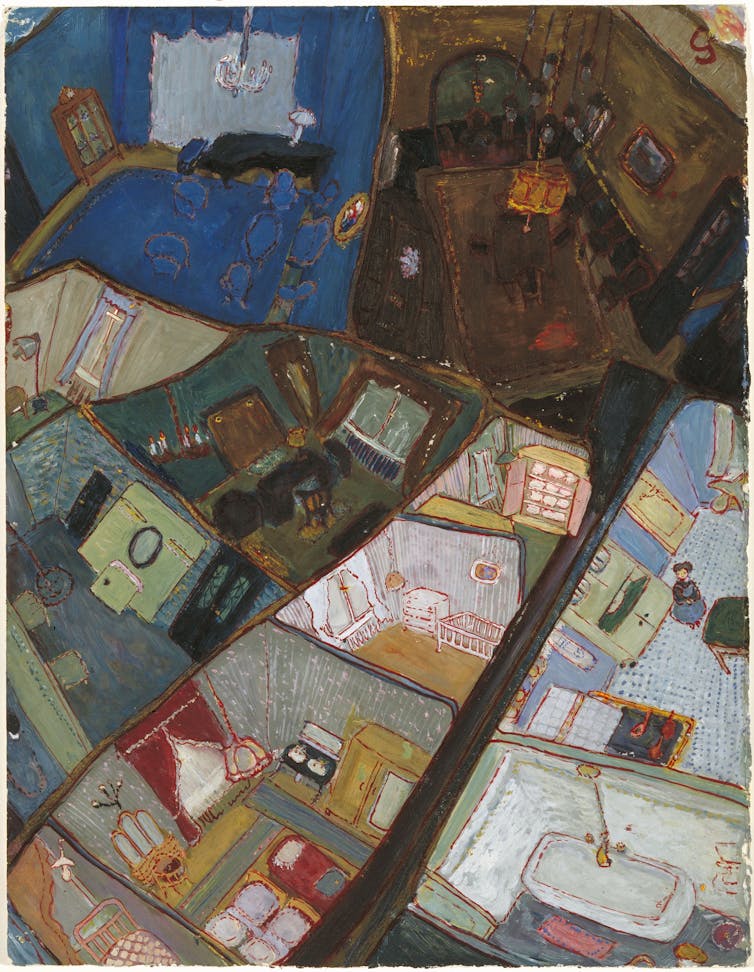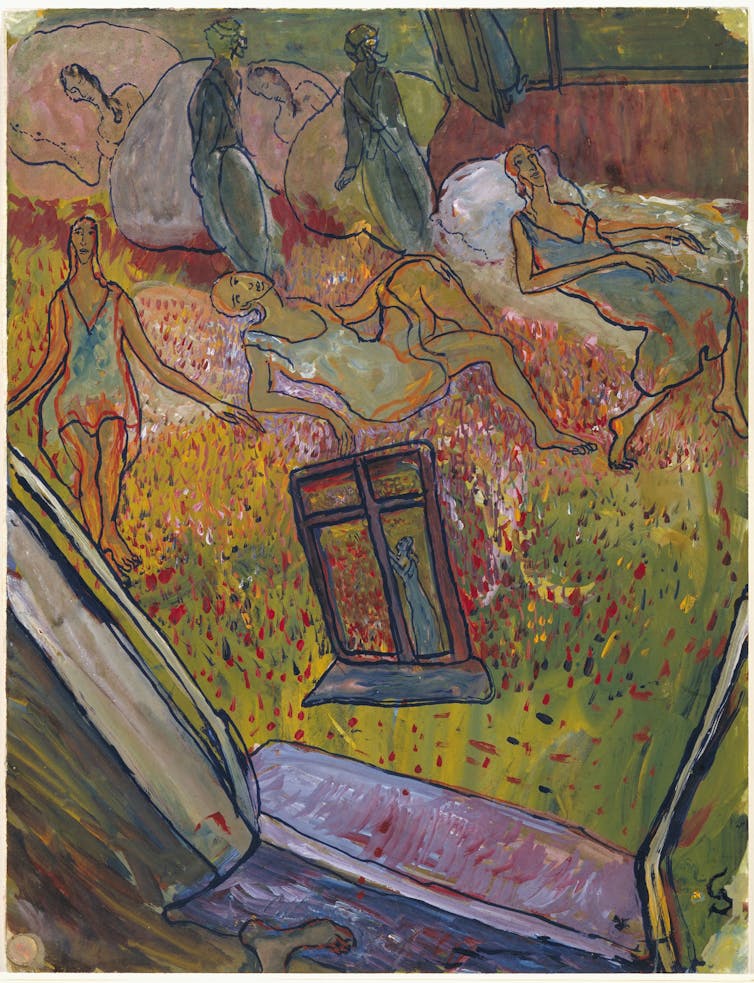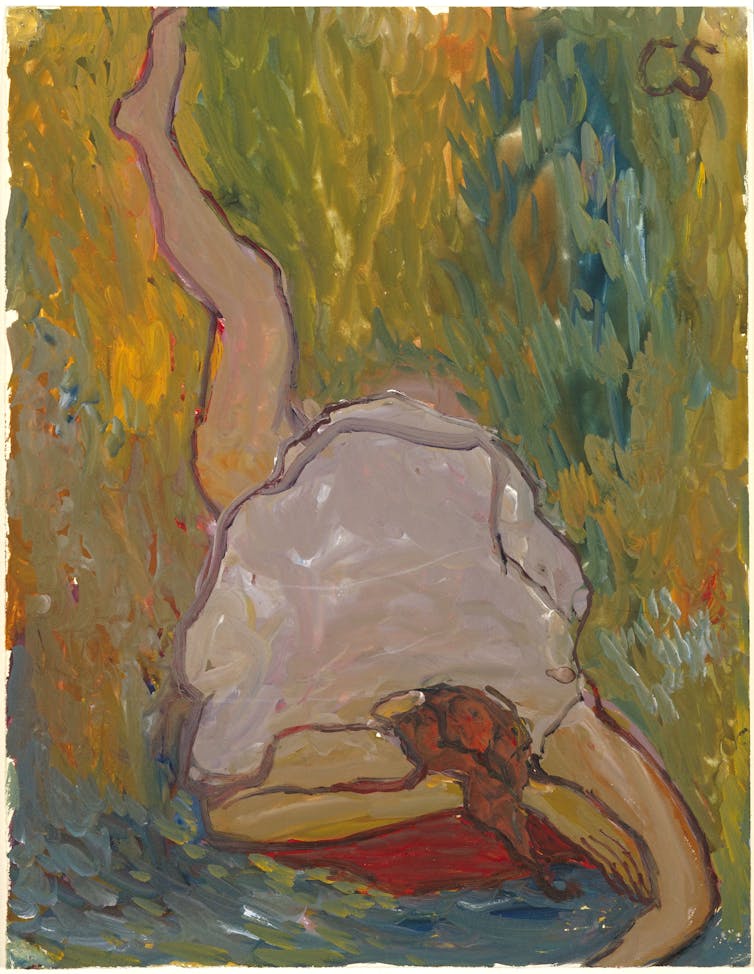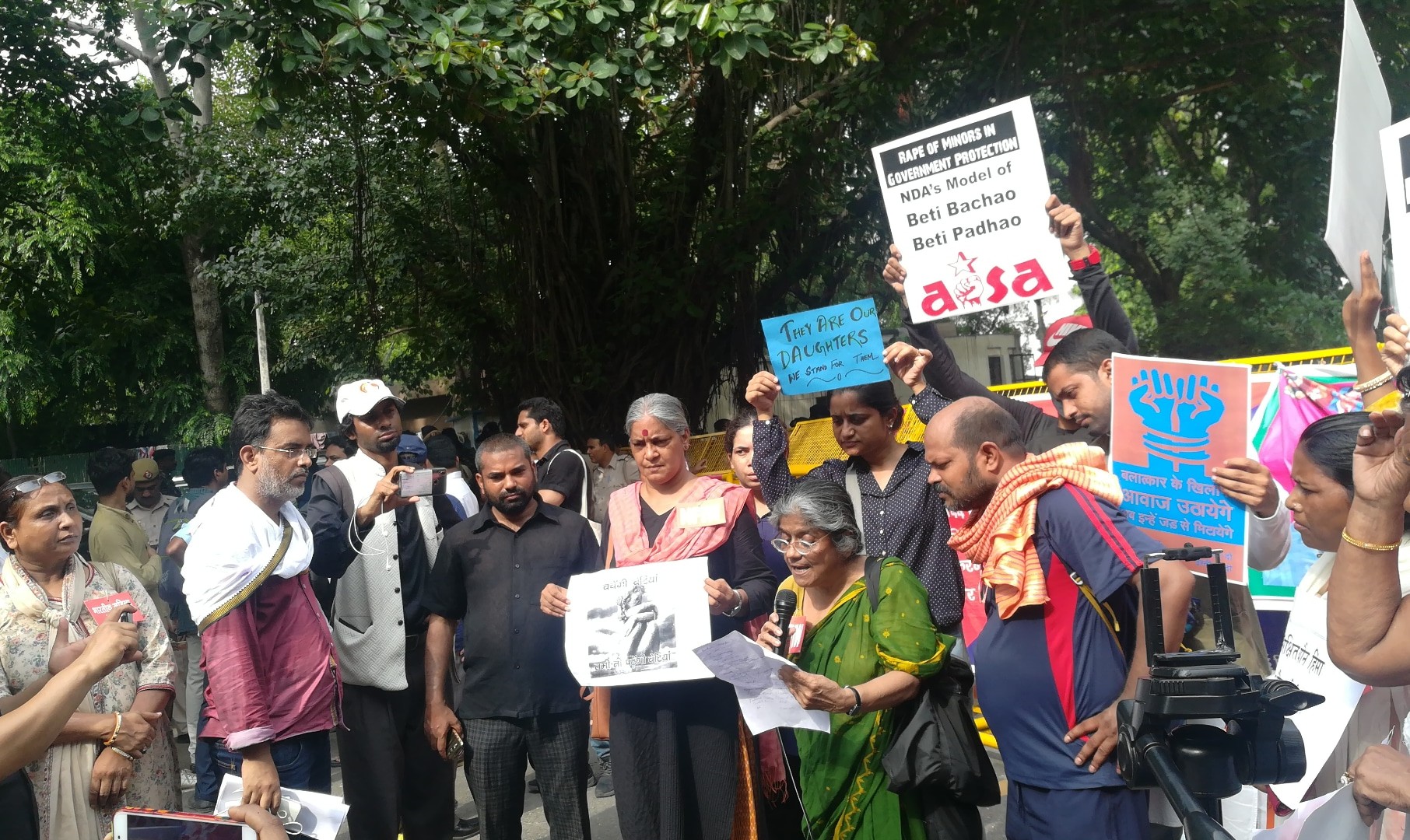One of the most memorable bedtime stories that Abba (our grandfather) used to tell us goes something like this:
I was travelling the lands on my trusted horse, when the devil suddenly started pelting stones at us. We fell. The horse cried, “Mujhe bachaa lo, Mujtaba! (save me Mujtaba!)”. We were in great danger, and the horse was very scared. “God is great!,” I shouted, making the devil run away. I saved the horse and carried it on my back for the rest of the journey. The end.
We never knew if he had thought of these stories beforehand, or he was just making them up, but they were always fun and laced with his signature wit. Abba’s creativity, wit and sense of humour were always with him, lighting up the room with his comments and anecdotes. He loved telling stories and we, the kids, loved hearing them from him.
Ammi (his wife, our grandmother) made many appearances in his work – their interactions, some real, some imaginary, made for some memorable passages in his stories. In reality too, they have been rather interesting and most sweet. Many of their discussions happened when Ammi would be annoyed at Abba’s general restlessness, or when Abba sneakily smoked that cigarette he carefully hid among his file folders.
Also read: Why Urdu Isn’t Just a ‘Muslim’ Language
Abba was a perfectionist – and he never just ignored it when things weren’t right. Abba used to drop us at the bus stop and wait till we boarded the school bus. This one time, the driver arrived early by a few minutes and was rushing to leave, making us almost run behind the bus. We would have missed it if we hadn’t arrived before time. An angry Abba boarded the school bus with us, looked the surprised driver in the eye and said, “Dekhte kya ho? Chalo, school chalo! Complain karna hai.” (What are you looking at? Let’s go! I will lodge a complaint at the school)”. He did accompany us to school that day and made that complaint against the driver, who never tried to leave before time after that day.
“The women in my family will be contributing members of society,” Abba would say.
He never differentiated between boys and girls and believed that everybody must strive to make a mark for themselves. He inspired us to achieve more – be it engineering, medicine, art, or just our school exams. As kids, we used to get disappointed about getting poor marks, but Abba could never see his children sad. He used to congratulate us and give us little treats, with chips and chocolates, to celebrate even poor results. Such was our Abba.
When he left the world, we soon realised that we were not alone in our grief. We were deeply touched by the condolences and help by Abba’s friends and admirers. We felt that we were a part of a much larger family. We sincerely thank you all.
In ‘Apni yaad mein‘, a humorous obituary to himself, Abba wrote that his death wouldn’t matter and that no one would be crying over him. You were wrong about this, Abba! The world will never be the same without you.
Rest in peace, Mujtaba Hussain. Rest in peace, dear Abba.
– The family of Mujtaba Hussain
Hina Hussain is the granddaughter of Mujtaba Hussain and she has written this obituary on behalf of the family of Mujtaba Hussain.
Featured image: Mujtaba Hussain with his grandchildren, New Delhi, 1996.






